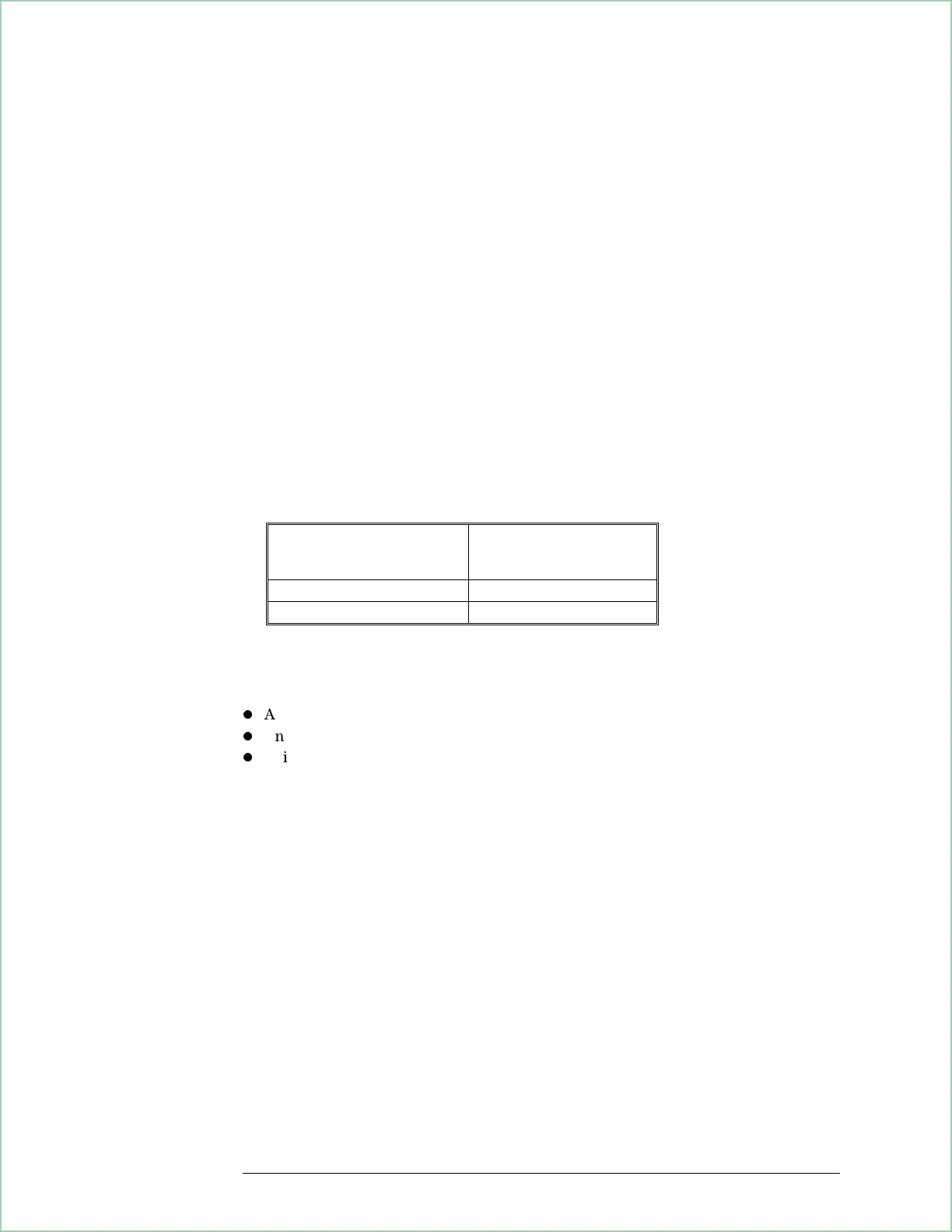The analyzer’s center frequency must be close to the transmitted carrier frequency
to achieve carrier lock. The required proximity of the center frequency to the
carrier frequency varies depending on the signal type, symbol rate, and system
noise. If symbol locking appears poor, you may achieve better carrier locking by
observing the “Freq Err” value in the symbol table of any successfully locked
measurement and adding that amount to the center frequency.
To obtain reliable carrier locking, the difference between the analyzer’s center
frequency and carrier frequency should be within 3% of the symbol rate, as follows:
(center frequency)−(carrier frequency)≤±.03 (symbol rate)
For QAM signals, the result length also affects the analyzer’s ability to achieve
reliable carrier lock, as shown in the following table. Result lengths less than those
shown may result in unreliable carrier lock. Optimal carrier locking occurs when
the result length is 1000 or greater.
If the modulation type is:
The minimum result length
for reliable carrier lock is:
16 QAM 50 symbols
32 QAM 75 symbols
The following may also affect carrier locking:
l
A frequency span that is too narrow.
l
An incorrect range setting.
l
Using the wrong measured or reference filter.
Digital Demodulation Concepts (Opt. AYA)
22 - 8

